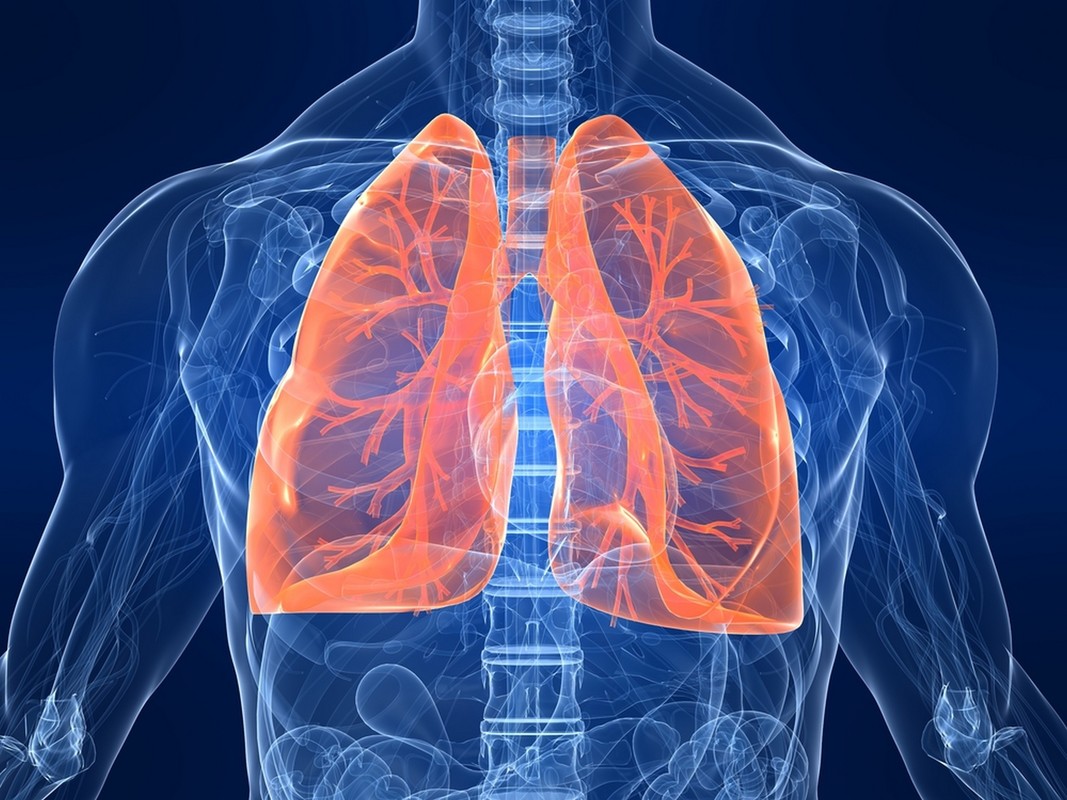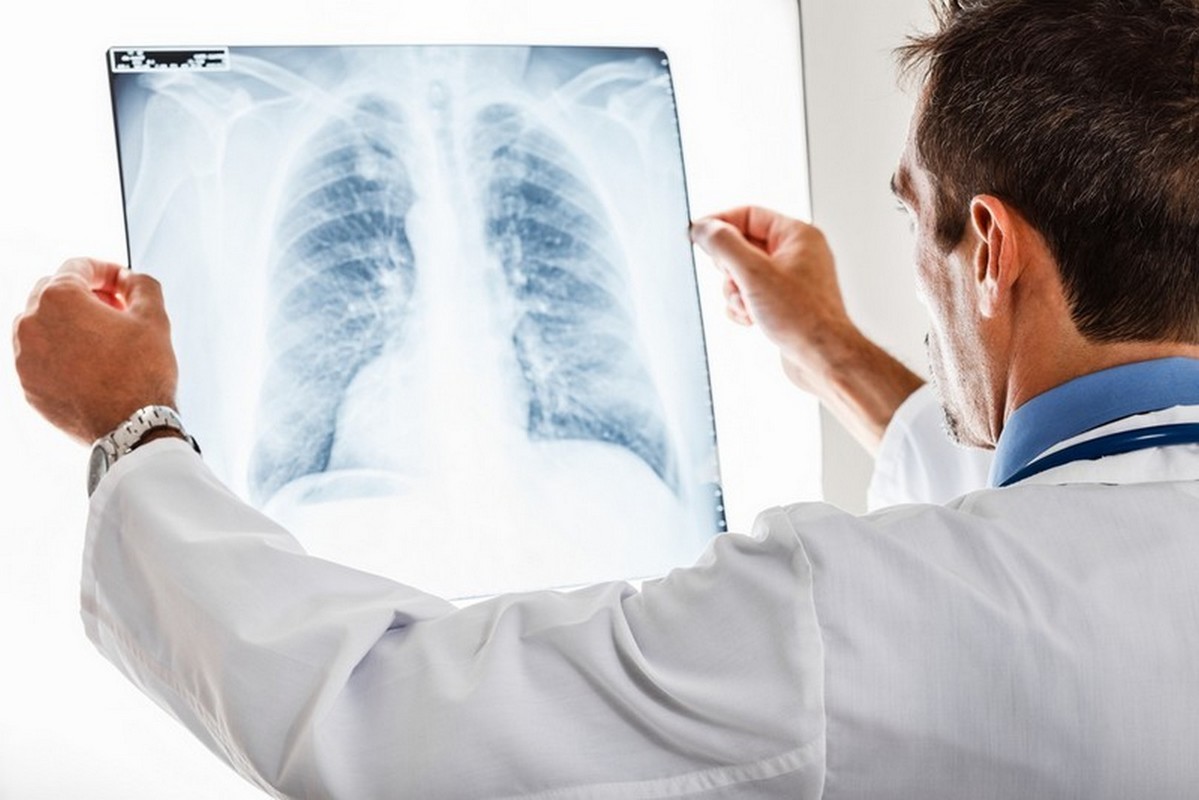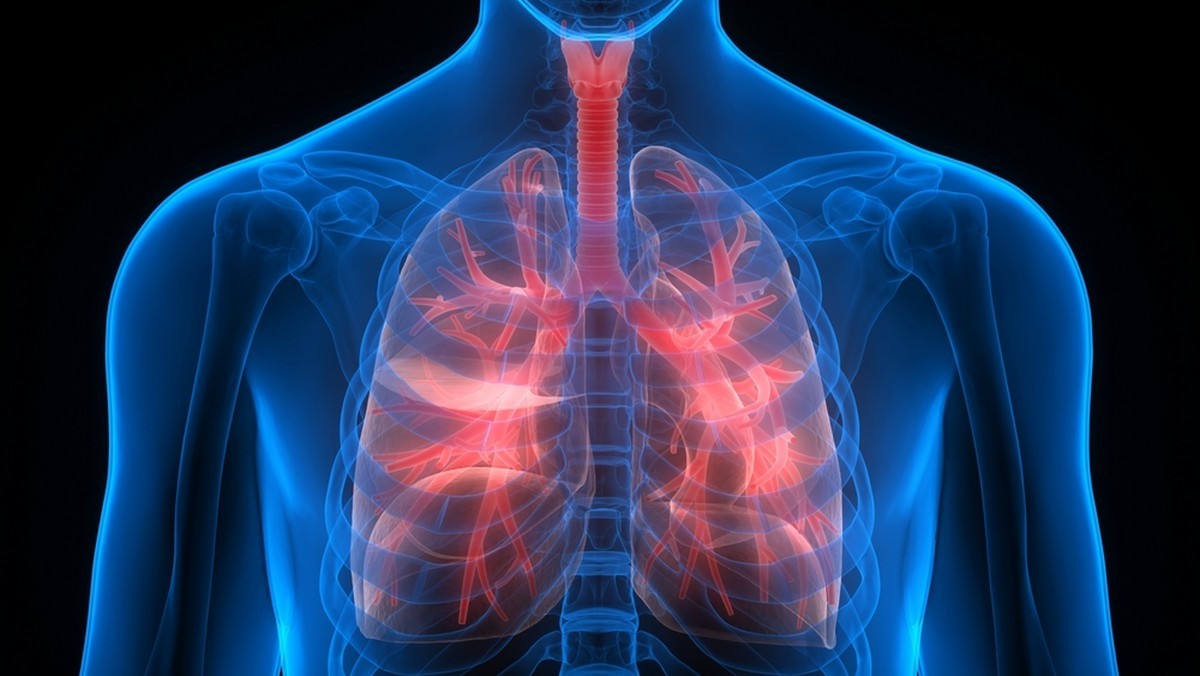7. Respiration
Contents of the chapter
7.1 Respiration
The respiratory system takes care of two vital functions for the body: oxygen intake during inhalation (inspiration) and carbon dioxide removal during exhalation (expiration).
Our cells need oxygen to convert nutrients from food into energy. Carbon dioxide is formed during this process and is removed during exhalation.
The lungs are the largest and most important part of the respiratory system. In the lungs, oxygen is transported to the bloodstream. Red blood cells carry oxygen to the tissues. After the oxygen is released, the red blood cells take away the carbon dioxide that is produced. Exhalation also allows for formation of sound, for example when speaking or singing.
7.2 The respiratory tract
Oxygen is transported to the lungs via the respiratory tract. During inhalation (inspiration), air passes into our body through the mouth and the nose, continuing along the pharynx to your trachea (windpipe).
The trachea divides into airways called bronchi, which continue to branch throughout the lungs. The airways are predominantly covered with moist and hairy mucous membranes. This prevents harmful dust and bacteria from getting into the lungs.
7.3 The lungs
The lungs contain more than 300 million alveoli (air sacs). These microscopically small (0.2 mm) ends of the bronchial tree tubes are specialized in gas exchange.
Inside the alveoli, oxygen moves across thin walls to tiny blood vessels called capillaries and into the bloodstream. Oxygen is then transported everywhere in the body by red blood cells. At the same time, carbon dioxide that is dissolved into the blood comes out of the capillaries back into the alveoli, ready to be released during exhalation.

The lungs – position and structure.

The function of the alveoli. In the alveoli, oxygen is bound into the hemoglobin of red blood cells. Blood travels to the heart through the capillaries and the pulmonary vein. Carbon dioxide is transferred from the pulmonary artery to the alveoli via capillaries, and is released in exhalation.
7.4 How do we breathe?
During inhalation, the diaphragm contracts and pulls downward, while the muscles between the ribs contract and pull upward. This increases the size of the thoracic cavity and decreases the pressure inside it. As a result, air rushes in to fill the lungs.
During exhalation, the diaphragm relaxes, and the volume of the thoracic cavity decreases, while the pressure within it increases. As a result, the lungs contract and air is forced out.
Your lungs are protected by pleural membranes and the rib cage.7.5 Protective mechanisms of the respiratory system
The inner surface of the respiratory tract is covered in ciliated epithelium. It is a thin tissue that contains small, hair-like structures. These hairs, known as cilia, move back and forth to help move particles out of our body. The particles adhered to the mucus are transported backwards in the nasal cavity and upwards into the pharynx. From the throat, the mucus is swallowed and transported to the stomach, where stomach acids kill impurities.
The sense of smell in your nose constantly monitors the air quality. The nose is also sensitive to larger impurities and itching. We tend to remove impure particles by sneezing them out. Coughing is often the deliberate removal of impurity from the trachea.
During swallowing, the epiglottis closes to prevent parts of food from entering into the lungs. If we try to talk and eat at the same time, closing the epiglottis is impossible, because speaking requires air to be exhaled from the lungs. From early childhood, we are told not to talk with food in our mouths.
The bronchi and lungs are sensitive to cold, so it is advisable to preheat the air before it reaches the lungs. This happens automatically as the air passes through the moist and warm tract.
 Pollen particles cause allergic reactions in many people. Many foreign substances and impurities remain in the nasal mucosa.
Pollen particles cause allergic reactions in many people. Many foreign substances and impurities remain in the nasal mucosa.
7.6 Respiratory diseases
Allergies are the most common respiratory diseases. Most commonly, people are allergic to grasses, deciduous trees such as birch or alder, or domestic animals. Allergies cause a variety of symptoms such as redness of the eyes, itching of the nose and sneezing, but also swelling of the airways.
When the airways of the body swell, one feels a distressing, perhaps even suffocating feeling in their lungs. Medicines can be used to reduce the swelling of the mucous membranes, making breathing easier.
 Lung health can be studied with X-rays. Smoking is the leading cause of lung disease.
Lung health can be studied with X-rays. Smoking is the leading cause of lung disease.
Asthma is a chronic or long-term condition that intermittently inflames and narrows the lung's airways. The inflammation makes the airways swell. Asthma causes periods of wheezing, chest tightness, shortness of breath and coughing. Cortisone spray can be used to release muscle tension and open the airways. With the help of long-term medicines, the inflammation of the lungs is removed and the swelling of the mucous membranes is reduced.
In COPD (Chronic obstructive pulmonary disease), the tissue around the bronchi breaks down, causing a reduction in the bronchial diameter. Mucus production also increases, which results in an irritating cough. This also reduces the amount of inhaled air, causing a feeling of suffocation. The symptoms of COPD can be treated similarly to those of asthma. Stenosis most often occurs with prolonged exposure to tobacco or dust.
The Coronavirus disease of 2019 and 2020 (COVID-19) is an infectious disease caused by a severe acute respiratory syndrome virus.
